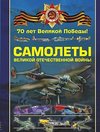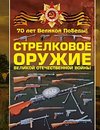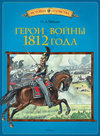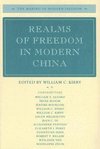
-
 Anglický jazyk
Anglický jazyk
20th century
Autor: Source: Wikipedia
Source: Wikipedia. Pages: 129. Chapters: Totalitarianism, 2000s, Social Darwinism, Infectious disease in the 20th century, Individualism, Information Age, The End of History and the Last Man, Edwardian era, Cold War, Postmodernity, Global warming, 20th-century... Viac o knihe
Na objednávku
27.28 €
bežná cena: 31.00 €
O knihe
Source: Wikipedia. Pages: 129. Chapters: Totalitarianism, 2000s, Social Darwinism, Infectious disease in the 20th century, Individualism, Information Age, The End of History and the Last Man, Edwardian era, Cold War, Postmodernity, Global warming, 20th-century events, History of Western subcultures in the 20th-century, Atomic Age, AIDS pandemic, Fame in the 20th Century, Timeline of 20th century Muslim history, Bengal Renaissance, Post-World War II baby boom, Imagination Age, Third Pandemic, Digital Revolution, Belle Époque, American Century, Interwar period, Stranger King, Inverted totalitarianism, Counterintelligence state, Cold War Studies at Harvard University, Old Time, Space Age, Daniel Van Meter, Space Exploration Initiative, State racism, Sixth cholera pandemic, The God of the Machine, Racial liberalism era, Age of Oil, María de las Mercedes Adam de Aróstegui, Seventh cholera pandemic, The short twentieth century, 20th century in poetry. Excerpt: The Cold War (Russian: ) was the continuing state from about 1947 to 1991 of political conflict, military tension, proxy wars, and economic competition between the Communist World - primarily the Soviet Union and its satellite states and allies - and the powers of the Western world, primarily the United States and its allies. Although the chief military forces never engaged in a major battle with each other, they expressed the conflict through military coalitions, strategic conventional force deployments, extensive aid to states deemed vulnerable, proxy wars, espionage, propaganda, conventional and nuclear arms races, appeals to neutral nations, rivalry at sports events, and technological competitions such as the Space Race. After the success of their temporary wartime alliance against Nazi Germany, the USSR and the US saw each other as profound enemies of their basic ways of life. The Soviet Union created the Eastern Bloc with the eastern European countries it occupied, annexing some and maintaining others as satellite states, some of which were later consolidated as the Warsaw Pact (1955-1991). The US financed the recovery of western Europe and forged NATO, a military alliance using containment of communism as a main strategy (Truman Doctrine). The US funded the Marshall Plan to effectuate a more rapid post-War recovery of Europe, while the Soviet Union would not let most Eastern Bloc members participate. Elsewhere, in Latin America and Southeast Asia, the USSR assisted and helped foster communist revolutions, opposed by several Western countries and their regional allies; some they attempted to roll back, with mixed results. Among the countries that the USSR supported in pro-communist revolt was Cuba, led by Fidel Castro. The proximity of communist Cuba to the United States proved to be a centerpoint of the Cold War; the USSR placed multiple nuclear missiles in Cuba, sparking heated tension with the Americans and leading to the Cuban Missile Crisis of 1962, where
- Vydavateľstvo: Books LLC, Reference Series
- Rok vydania: 2014
- Formát: Paperback
- Rozmer: 246 x 189 mm
- Jazyk: Anglický jazyk
- ISBN: 9781157678892
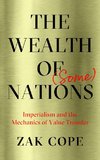
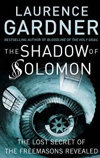




 Ruský jazyk
Ruský jazyk 